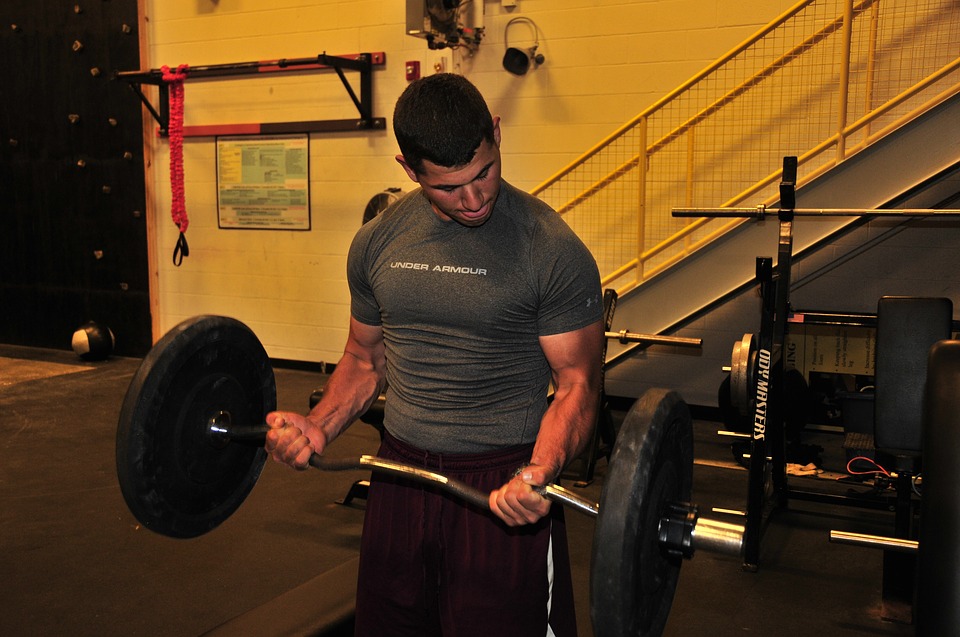Testosterone is a hormone that is produced in the body. It is what is responsible for men’s masculinity and is the force behind his sex drive. During puberty, this is the hormone that helps with muscle building, causes the voice to deepen and increases the size of the penis and testes. In adulthood, the hormone is what keeps the bones and muscles strong and also maintains the man’s sex drive. Simply put, testosterone is what is responsible for a man’s physical attributes.
Signs of low testosterone
After the age of 30, the testosterone levels tend to go down. This leads to a decrease in sex drive. This often causes most men to assume that the reduced interest in sex is a result of old age. The low levels also lead to a range of problems which include:
- Depression
- Decreased motivation
- Increased irritability or agitation
- Memory problems
- Inability to concentrate
- Gynecomastia
- Excessive fatigue or lack of energy
- Increased body fat
- Erectile dysfunction
- Insomnia
- Increased LDL/HDL cholesterol ratio
- Infertility
- Increased refractory period between intercourse
How low is too low?
The bottom of a normal testosterone range is 300 nanograms per deciliter (ng/dL). The upper limit is 800 ng/dL. There are many conditions that can cause a lower-than-normal score on the blood test. The causes include:
- HIV/AIDS
- Injury to the testicles
- Obesity
- Testicular cancer or testicular cancer treatment
- Infection
- Hormonal disorders
- Type 2 diabetes
- Chronic kidney or liver disease
- Some medications
- Aging
Low scores don’t always translate to low testosterone levels. When you have a low score but have no symptoms of low testosteronelevels, it is advisable to seek treatment. The reason for this is because the low testosterone levels may lead to a decline in bone density which will make your bones fragile and also increase the risk of fracturing or breaking your bones.
Treatment for low testosterone
A gradual decline in testosterone levels is expected as a person ages. Treatment is considered when you start experiencing symptoms that are related to low testosterone. For example, if you are a young couple and your low testosterone levels are causing problems when trying to get pregnant, gonadotropin injections can be used. These are hormones that will signal the body to produce more testosterone. The treatment will trigger the production of more sperms.
Another treatment that can be considered is that of implantable testosterone pellets. This is a new form of treatment where the pellets are placed under the skin of your buttocks. The pellets will release testosterone over a period of between 3 to 4 months. Other options used are injections and nasal gels.
Risks of testosterone treatment
When the problems a person experiences are as a result of low levels of testosterone, most patients notice significant differences after they start using treatments. However, it is good to note that the treatment is not without risks. It can cause enlarged breasts, a condition known as gynecomastia. Treatments can also accelerate the growth of the prostate. Treatment is not recommended for men with breast cancer and prostate cancer.
Keeping an eye on your testosterone levels is important. You should, however, contact your doctor before you start treating the condition.





